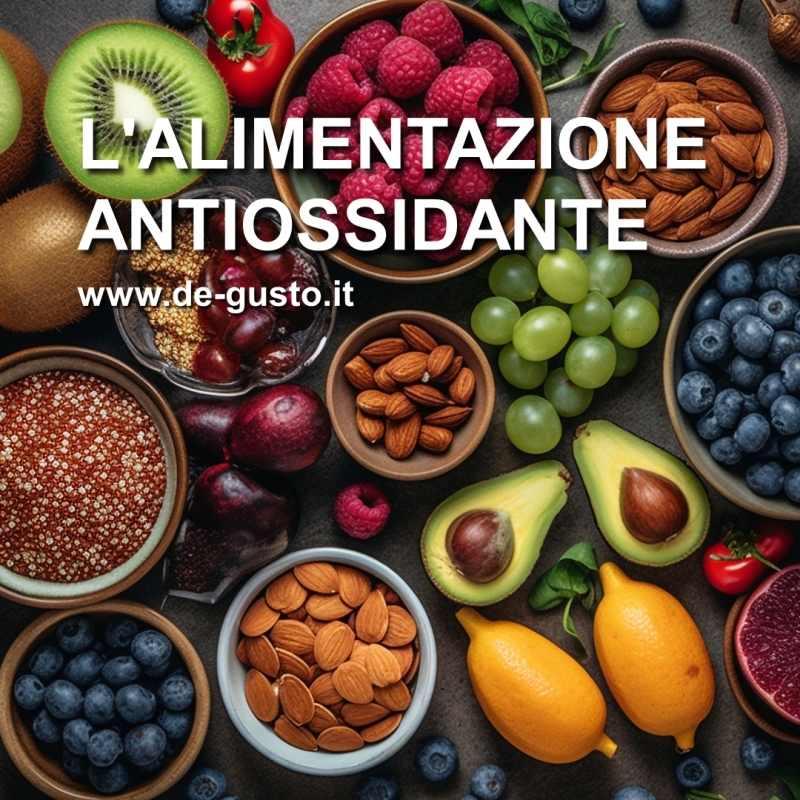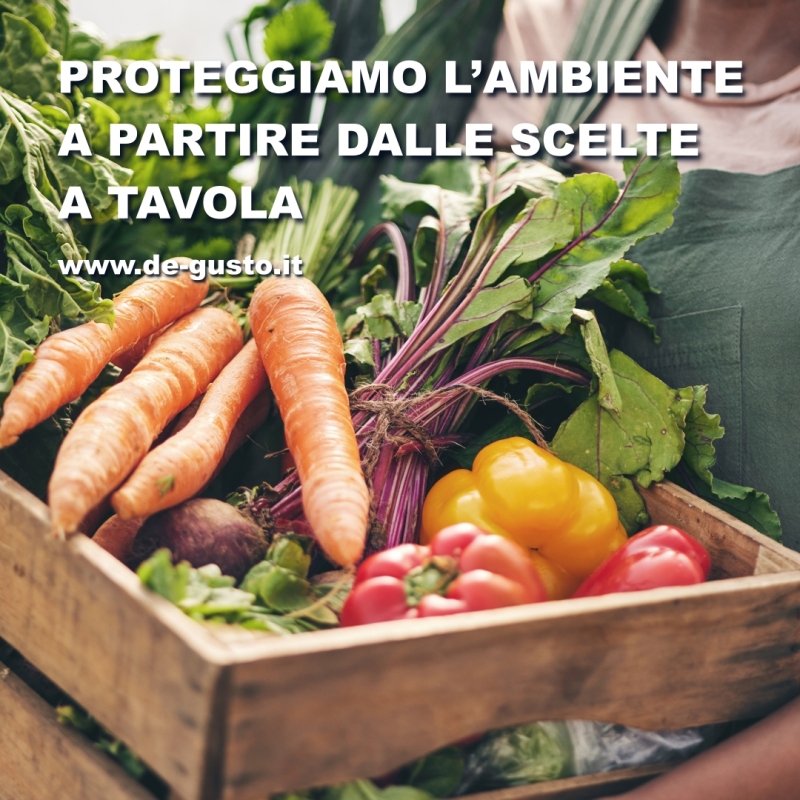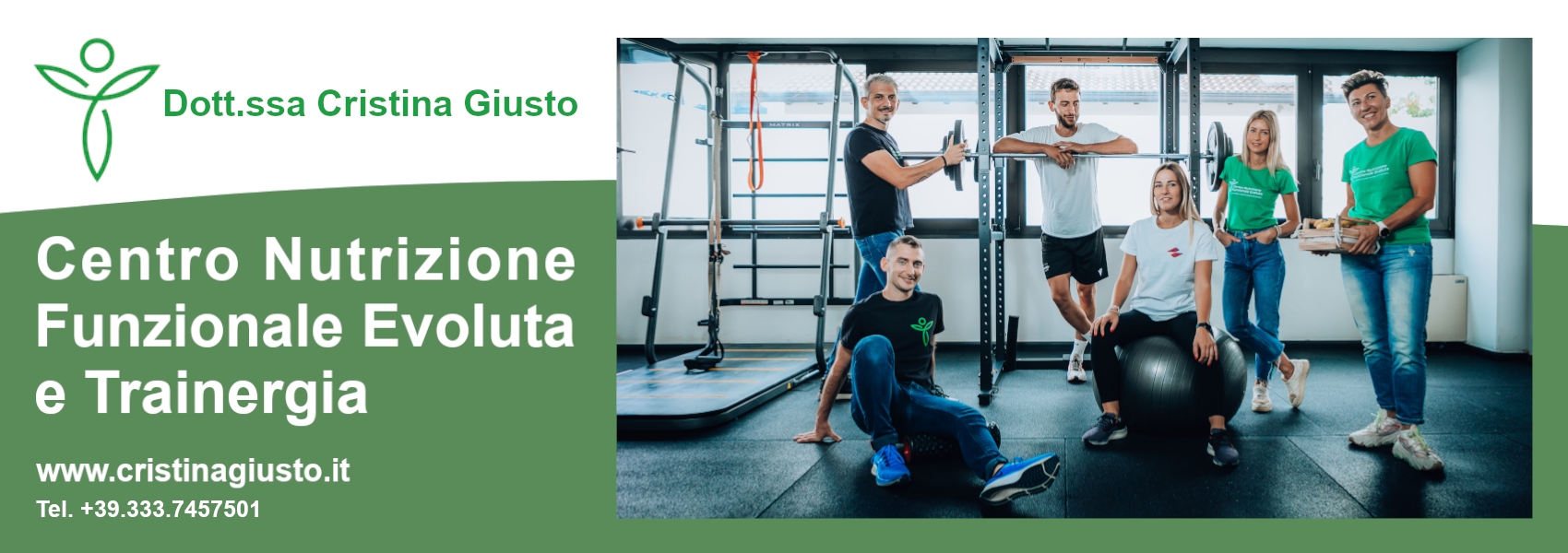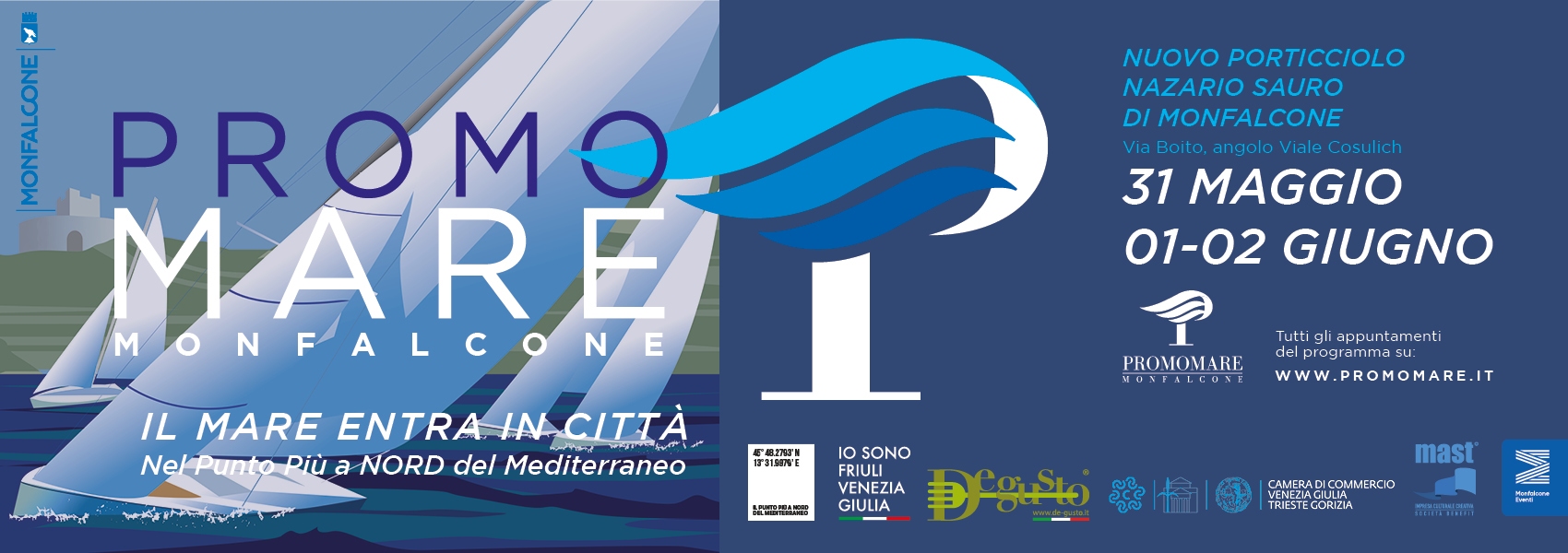Vitamin D belongs to the group of fat-soluble vitamins, along with vitamins E, A, K, and these are organic substances that are essential for growth and proper regulation of the body's vital activities.
Vitamin D, in particular, contributes to:
- to the intestinal absorption of calcium and phosphorus
- to the regulation of bone mineralization
- to the development and maintenance of brain function
- to the decrease in inflammatory states
The arrival of warm weather is an ideal time to “stock up” on vitamin D, in fact, sun exposure is the main source of its production in active form, but it is important to remember that this vitamin is also introduced in part through food.
Recall that vitamin D deficiency is particularly common and adversely affects bone calcification with even serious consequences such as rickets in children, osteomalacia (brittle bone), and osteoporosis in adults. To check for deficiency of the vitamin, it can be dosed through a simple blood draw.
Vitamin D is mainly found in foods of animal origin, especially in certain types of fish such as salmon, tuna, cod, mackerel, sardines, shellfish, and also swordfish and grouper.
Vitamin D is also found in offal (especially liver), egg yolk, milk and its derivatives, especially butter and yogurt.
Cod liver oil is undoubtedly the best source of vitamin D, but given its very strong flavor, it is often unappealing; in fact, it is most often found in capsule form to be taken as a supplement.
In the plant world, on the other hand, a valuable source of vitamin D are mushrooms (such as porcini, prataioli and champignon mushrooms), but also dried fruits (almonds, walnuts...), in legumes and green leafy vegetables (spinach, chard, chicory, kale etc.).
Now that we have identified the foods that contain it, how can we best preserve vitamin D during cooking?
This vitamin is relatively heat-stable and is retained at temperatures up to 180 degrees even during cooking, with a loss of only 20 percent of its initial amount, this makes foods containing vitamin D suitable for the preparation of hot dishes.
However, it is still not recommended to cook them for too long, while short cooking at moderate temperatures is preferred.
Here are what might be ideal alternatives for vitamin D-rich meals:
- Breakfast: rye bread with smoked salmon; yogurt with dried fruit and a piece of fruit; rusks with a knob of butter and jam
- Lunch: cream of chickpea and mushroom mushrooms; rye bread bruschetta with cherry tomatoes, avocado and shrimp; spelt salad with tuna and artichokes.
- Dinner: octopus, potato, carrot and celery salad; lentil and spinach soup with stracchino cheese added; swordfish steak with sautéed turnip greens; baked kale with toast and omelet.
If we then have the opportunity to have lunch outdoors on a sunny day, you can combine business with pleasure!
(Article by Dr. Giulia Daniotti)







